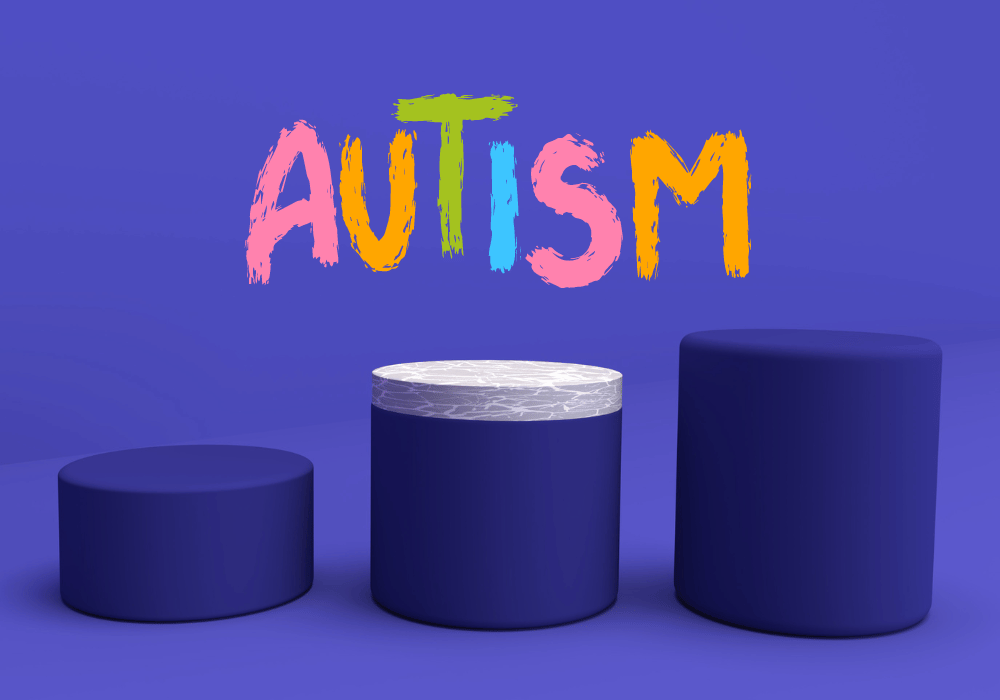Autism spectrum disorder (ASD) is a neurodevelopmental disorder characterized by difficulties with speech and social interaction. It is characterized by repetitive behaviors and restricted interests. ASD can vary in severity, and people with ASD often have difficulty functioning in society. There are three levels of autism, each with its own set of symptoms and challenges. Here’s a look at the three levels of autism and what they entail.
Introduction To The 3 Levels Of Autism
Autism is a complex neurological disorder that involves difficulties in communication, social interaction, and restricted behaviors or interests. The Diagnostic and Statistical Manual of Mental Disorders (DSM-5) provides three levels of autism diagnosis that characterize the severity of the condition based on the presence and intensity of symptoms. Level 1 includes people with relatively mild symptoms. Level 2 is assigned to those who need more support to thrive in daily life activities. Level 3 designates individuals whose ability to take care of themselves is severely restricted due to compromised language proficiency, an inability to process information received from the environment, significant difficulty in engaging socially, and restrictive behavior patterns.
Level 1 Autism
Level 1 autism is the mildest form of ASD. The individual will likely have difficulty with communication, social interaction, and restricted behaviors or interests, but they should be able to live independently without major support. People in this category may require some extra support in school or when out in public settings. They may struggle to understand social cues, such as facial expressions or body language, and may have difficulty starting conversations with peers. They may also have difficulty expressing their opinions and feelings, so those around them need to provide additional support in these areas. Level 1 has a mild to moderate level of therapy treatment and support.
Level 2 Autism
Level 2 autism is more severe than level 1. People with this diagnosis will need more help in order to thrive in daily life activities. They may not be able to live independently and require assistance from others in areas such as communication, organization, and flexibility in activities. People with this level of autism may have difficulty understanding abstract concepts or making inferences. They may also experience significant difficulties interacting socially. Level 2 has a moderate to high level of therapy treatment and support.
Level 3 Autism
Level 3 autism is the most severe form of ASD and requires significant support for an individual to function in daily life activities. People in this category may have compromised language proficiency, difficulty processing information received from the environment, difficulties engaging socially, and restrictive behavior patterns. They may also require assistance with basic self-care tasks like eating or dressing themselves. To maximize their potential, individuals at this level may need to rely on intensive therapies and support services to help them lead more fulfilling lives. Level 3 has intensive and continuous therapy treatment and support.
In conclusion, autism is a complex disorder that affects people differently. There are three levels of autism diagnosis that can provide insight into how severe an individual’s symptoms and challenges may be. People with milder forms of the condition may be able to live independently with some extra support, while those at the more severe end of the spectrum may require intensive therapies and support services. Regardless of an individual’s level of autism, it is important that they receive the necessary resources to optimize their potential. A need for a multidisciplinary team of professionals such as behavior therapists, occupation therapists, and speech therapists is required in all three levels of diagnosis.


